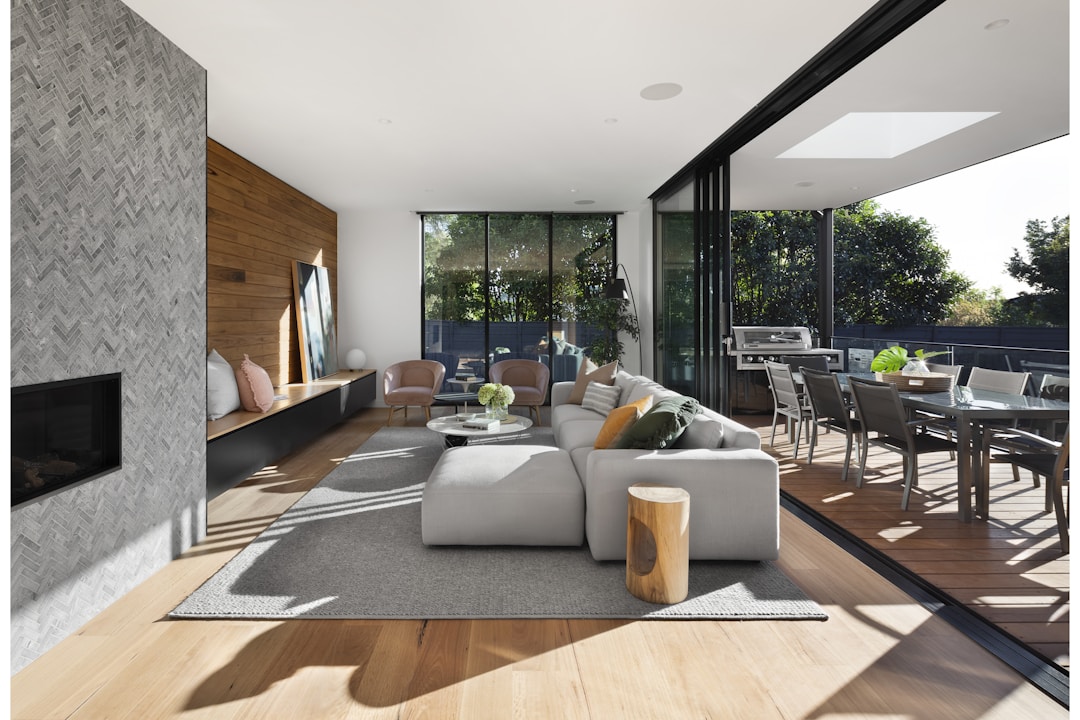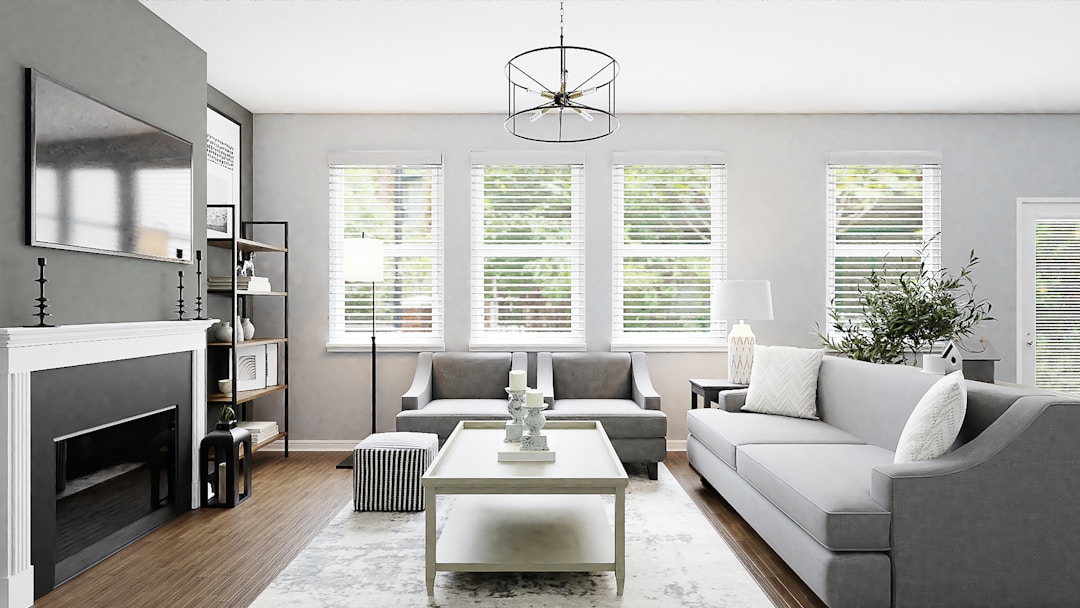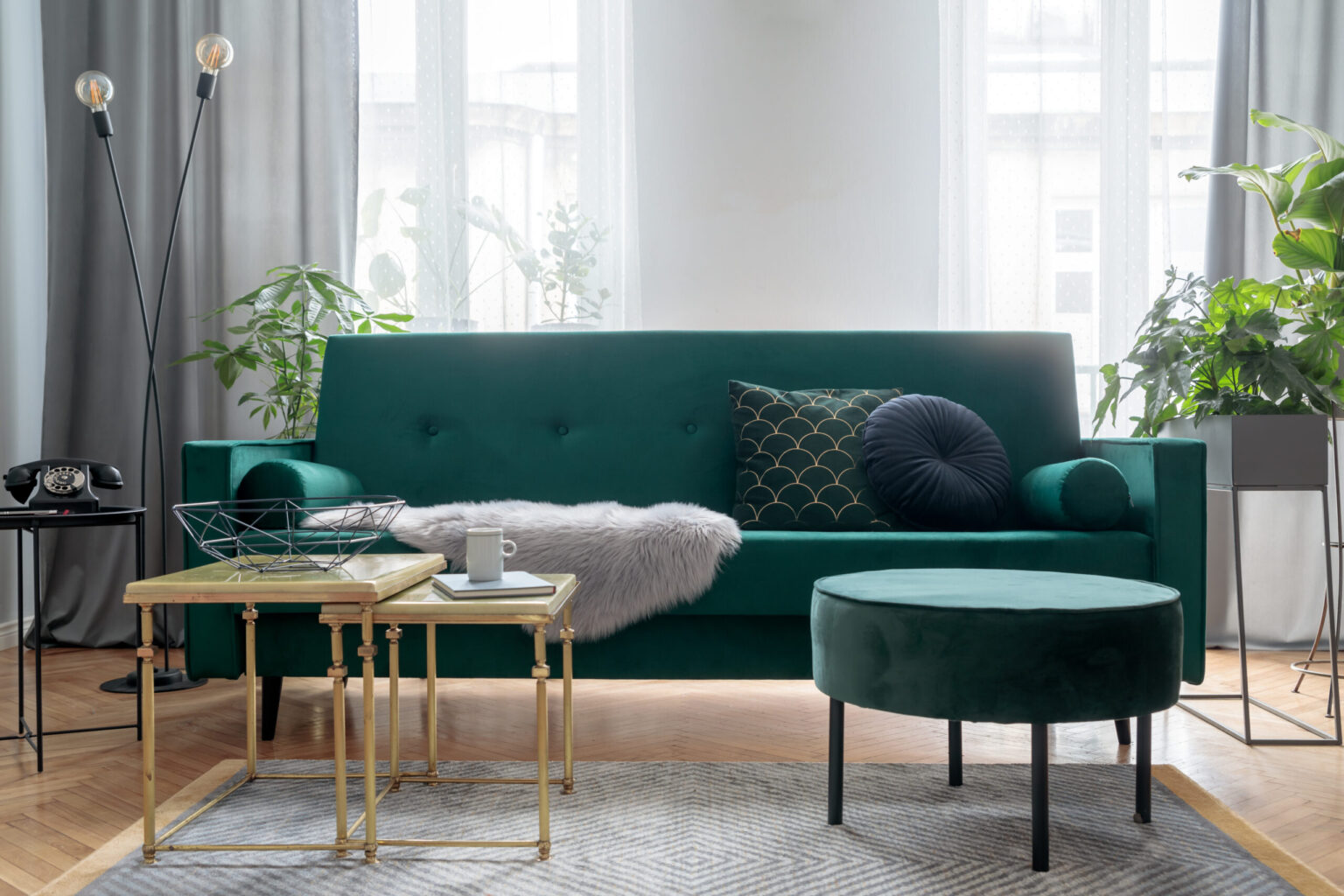Designing your own home is a powerful and creative experience, one that allows individuals to shape a personal environment to their own taste and comfort. However, the sheer scale and complexity of the project can be overwhelming, particularly for those with no prior experience in design and construction. Understandably, harmonizing aesthetic preferences with practical requirements, not to mention remaining within defined budget parameters, can pose significant challenges. This article offers seasoned tips accumulated from our vast experience in helping individuals create their dream homes. These insights straddle key aspects, including setting clear objectives, emphasizing functionality, considering the future, and engaging professional services where necessary.
Emphasizing Functionality in Your Home Design

Functionality in home design is often overlooked in favor of aesthetic appeal. A well-functioning home goes beyond beautiful interiors and exteriors. It involves incorporating practical aspects that enhance comfort and convenience. Prioritizing functionality might include considering the placement of windows for natural lighting, creating ample storage facilities, or designing spacious and accessible room layouts. Moreover, technology has a significant role: smart home systems can automate various aspects of your home, from security to temperature control. Importantly, a house that seamlessly integrates style and function succeeds in being not only visually appealing but also livable and enjoyable.
Furthermore, functional home design extends to energy use. With a growing emphasis on environmental conservation and sustainability, incorporating eco-friendly home design elements such as solar panels, energy-efficient appliances, and water-saving fixtures is becoming a necessity. Not only do these provisions curb your home’s environmental impact, but they can also result in considerable cost savings in the long run.
When considering HVAC systems, leading provider Kimbro Air recommends considering a system’s energy efficiency, in addition to its specific cooling and heating capacities. This precaution ensures that your home maintains a comfortable and consistent temperature year-round, delivering an ultimately vital aspect of home functionality. Kimbro provides the highest-quality heating and cooling services in the Tennessee area.
Designing With the Future in Mind
The excitement that comes with designing a home can have some individuals focusing solely on the present, disregarding possible future needs. However, foresight and a long-term perspective should drive home design choices. Considerations might include the possibility of family expansion, catering for aging in place, or the necessity for a home office. Consequently, your home design should accommodate potential lifestyle changes and adjustments, ensuring that your living space remains suitable and comfortable for years to come.
Moreover, future resale value should be in mind when making design choices. Granted, making your home unique and true to your style is important. However, overly personalized spaces might pose a challenge when looking to sell later. Remember, what appeals to you might not resonate with potential buyers. Therefore, it may be helpful to strike a balance between personal tastes and more neutral, universally appealing elements, ultimately enhancing the potential resale value of your home.
Setting Clear Objectives for Your Home Design
Homestead design also demands a clear and organized planning pattern. It’s crucial to outline what you want your home, whether it’s a cozy sanctuary or a sprawling family haven, to manifest. Defining your goal helps foster cohesion in the design process. Things to consider might include home style, the number of rooms, outdoor amenities, and additional functionalities such as home office spaces. Your vision should be tailored specifically to your present and future needs, accounting for any possible lifestyle changes. From this foundation, you can then explore design ideas that align with your objectives, thus marking a critical first step in custom home building.
Subsequently, with your end vision in mind, it’s advisable to create a thorough design blueprint that embodies your ideal home. Be as specific as possible, designating the function and size of each room, and contemplating the flow between these spaces. It’s important to note that, while it’s beneficial to incorporate personal style and preference, pragmatism and functionality should be at the forefront.
Engaging Professional Services for Your Home Design

Even with meticulous preparation, designing a home remains a colossal undertaking, one that can be significantly simplified with the help of professionals. For one, architects and designers come equipped with the expertise and experience necessary to transform your vision into a practical and feasible design. They can also assist in navigating building codes and permit processes, foreseeing potential design issues, and optimizing space and functionality— all while ensuring your home stays true to your original vision.
In cases where eco-conscious measures are a primary concern, engaging a green designer or architect might be beneficial. These professionals specialize in sustainable and energy-efficient design practices, helping to reduce your home ecological footprint while potentially saving you money in the long run.
Altogether, designing your own home can be a wildly satisfying adventure. With sufficient planning, a focus on functionality, foresight, and professional help, you’ll be well on your way to creating a home that is not just beautiful, but also uniquely yours. Overall, remember that good v design goes beyond aesthetics; it creates a space that improves your lifestyle and lasts for years to come.




